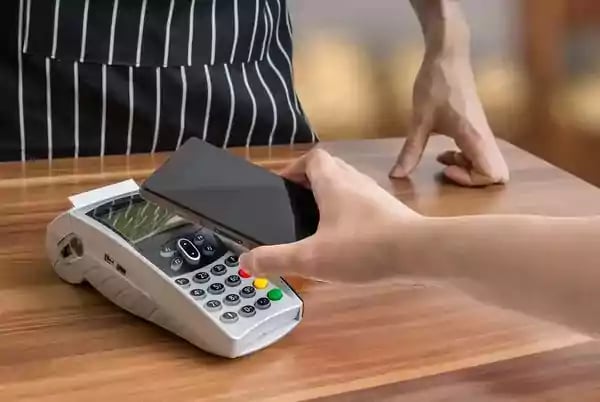This is an era when new products, or new twists on old products, are becoming “smart.” Home thermostats, lighting fixtures, and other appliances can now anticipate needs and read the surroundings, so it is no surprise that smart packaging is entering the mainstream as well.

Consumers are accustomed to “smart” technology, but they are only interested if it has a definable, positive effect on their lives.
While smart appliances and systems are closely linked to the internet of things (IoT), smart packaging may or may not be high tech. It could be, for example, a toothpaste tube designed to dispense every last drop or an antimicrobial coating for packaging that extends a product’s shelf life. Here are some examples and facts about smart packaging that can help you determine whether it should be part of your consumer marketing strategy.
Smart Sensors for Food Safety
The smart sensor market is growing at an impressive rate and is expected to be worth $60 billion by the year 2022. As consumer marketing strategies go, smart sensors are not that exciting, but what they do can give consumers confidence that builds stronger brand loyalty.
When a product is contained in packaging equipped with sensors that recognize things like temperature, position, pressure, and motion, they are uniquely well-suited to monitoring moisture, temperature, and oxygen levels – properties that can have a noticeable effect on food taste and safety. Brands that use smart sensors to track products throughout the supply chain can earn greater consumer trust, which is something that consumer marketing strategies can use to advantage.
NFC Chips for Enhanced Information
Near-field communication (NFC) chips offer a better modality for enhancing consumer information than do older technologies like QR codes. Packaging embedded with NFC chips can easily and quickly provide interested consumers with a richer brand experience in the form of, for example, recipes or cooking instructions.
Today’s consumers crave new food experiences, yet they do not want to waste time or money on products that pique their interest, but which they do not quite know how to use. NFC chips as part of a consumer marketing strategy can encourage consumers to try new foods and recipes they might otherwise ignore.

NFC helps consumers pay for products, and soon it may help them learn far more about the products themselves.
Authentication in Smart Packaging
In some emerging markets, product authentication is not guaranteed, and people want the exact product for which they assume they are paying. Smart sensors that reassure consumers that products have not been tampered with and that they are the genuine article can provide a consumer marketing boost in markets where quality and safety are major concerns. Manufacturers may also choose suppliers that provide authentication to be certain they avoid counterfeit ingredients. Typically, authentication technology is provided in the form of radio frequency (RF) technologies embedded in tamper-evident tags.
Use Smart Packaging Strategically
There is no need to jump with both feet into the smart packaging wagon right away, however. The possibilities are nearly endless, but each brand must determine for itself which aspect of the consumer’s life it is interested in addressing, whether that is food freshness, consumer desire for information, or consumer need for authenticated products.
Overall, the idea behind smart packaging is not so much direct consumer marketing (though that can be valuable when introducing products with smart technologies), but lengthening the interaction between a consumer and the product, primarily on the store shelf, but also on the consumer’s pantry shelf, once he or she gets the product home.
It is not always easy separating the hype from the reality when it comes to new technologies, and smart packaging is no exception. Consumer marketing that incorporates smart packaging technologies must be implemented in ways that add real value for the consumer. If consumers think a brand is “playing around” with smart sensors or NFC communication with little thought to how useful those technologies are, they will quickly lose interest. Ultimately, each brand must understand their target consumer, their product, and the best uses to which smart technology can be put in order to add value for consumers that strengthens their brand loyalty.
Hangar12 is at the forefront of CPG marketing strategy and more. Subscribe to our blog to stay up to date with our latest insights!
